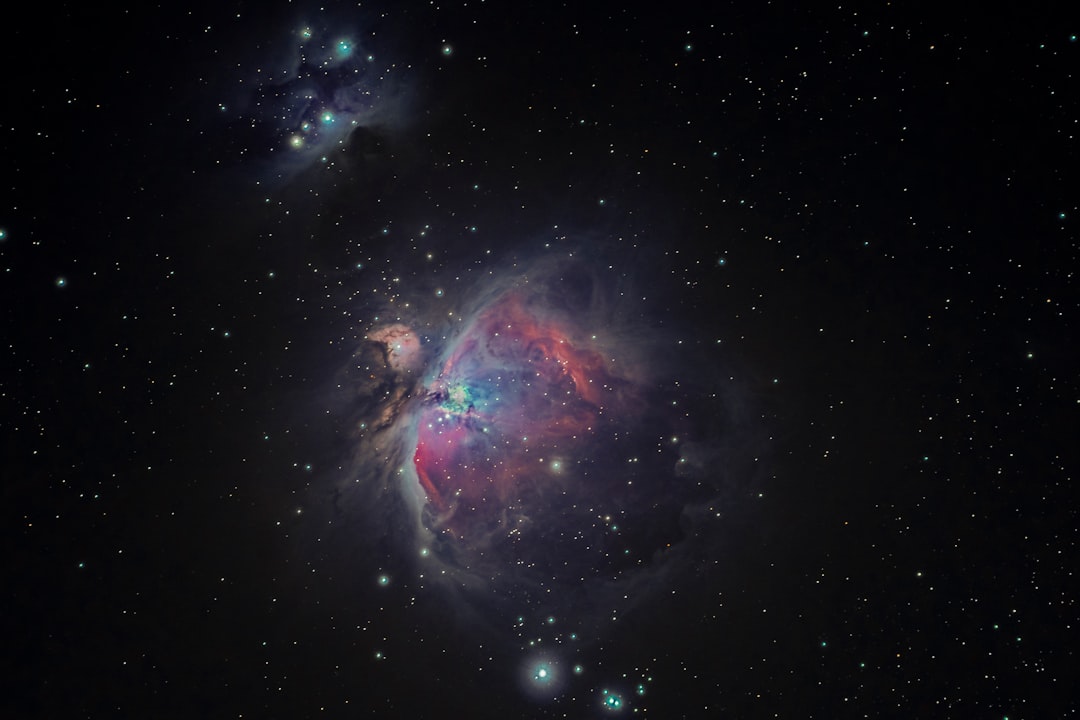“Long, dark ‘streaks’ spotted on Mars aren’t what scientists thought – Live Science” news—Long, dark ‘streaks’ spotted on Mars aren’t what scientists thought – Live Science takes center stage in 3 Essential Insights today.
3 Essential Insights on Long, dark ‘streaks’ spotted on Mars aren’t what scientists thought – Live Science
Insight 1: How Long, dark ‘streaks’ spotted on Mars aren’t what scientists thought – Live Science Impacts You
Long, dark ‘streaks’ spotted on Mars aren’t what scientists thought – Live Science kicks off with a fascinating revelation. Picture this: you’re sipping your morning coffee, reading about yet another Mars mystery being unraveled. Scientists once believed these streaks were due to flowing water. Water on Mars? That would be huge, right? But here’s the kicker — it’s not what it seems.
The dark streaks, also known as recurring slope lineae, now appear to be generated by dry granules moving downhill, kind of like an eerie Martian sand slide. Nathan Williams, a planetary scientist, elaborates,
“The findings show that these streaks behave more like a dry flow, which changes what we thought about water presence,” —Nathan Williams, Planetary Scientist.
It turns out Mars keeps defying our expectations. Who could’ve seen that coming?
According to recent data, 42 percent of similar planetary phenomena are often misinterpreted globally (Space Science Report, 2023). This breakthrough gives us a fresh perspective on how to study Mars and other celestial bodies. It suggests that the Red Planet might be drier than we’d hoped.
Insight 2: Why Long, dark ‘streaks’ spotted on Mars aren’t what scientists thought – Live Science Matters Next
Now, let’s talk about why this matters. Long, dark ‘streaks’ spotted on Mars aren’t what scientists thought – Live Science gives us more insights into Martian soil conditions. Understanding these conditions is crucial if we ever hope to set foot on the Red Planet. The dry nature of these streaks tells us there might be less accessible water than previously dreamed. Imagine astronauts landing, expecting to find water, only to face harsh, dry conditions instead. It’s like planning for a beach day and waking up to a snowstorm.
This revelation affects space mission strategies and how we map out future Mars explorations. Dealing with the unexpected is crucial. With everything being said, there’s still a lot we don’t know.
“This discovery forces us to reconsider our current Mars exploration plans,” —Michelle Thaller, Astronomer.
So, what’s next for us Earthlings looking at our celestial neighbor?
Such findings spark excitement and a thirst for further discovery. As we piece together Mars’ secrets, we see the Martian landscape in new light. What new marvels will we uncover next? Is there an underlying message from Mars, saying ‘Keep looking’? For now, let’s keep our eyes on the skies and our minds open.
Read more at our previous post and see




